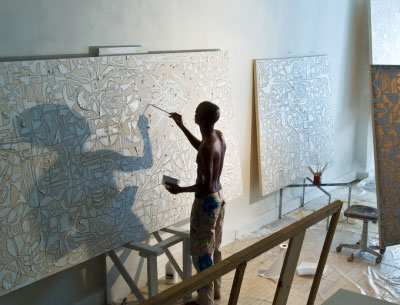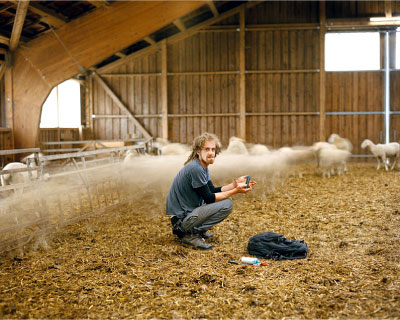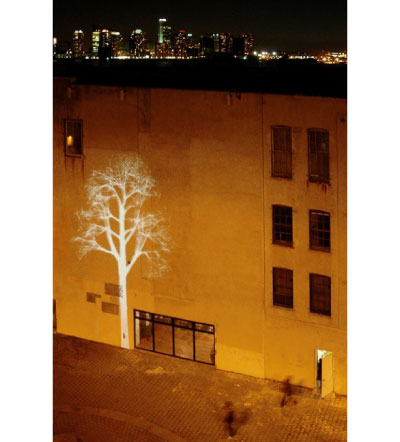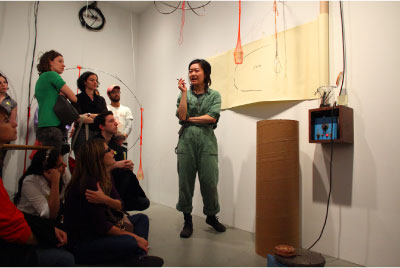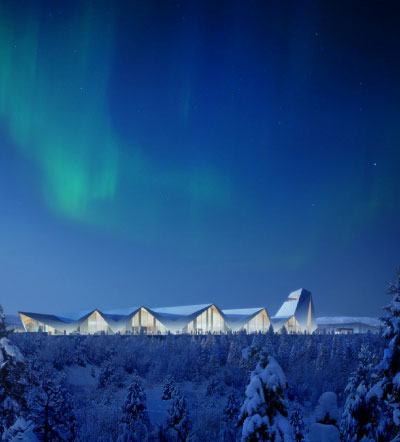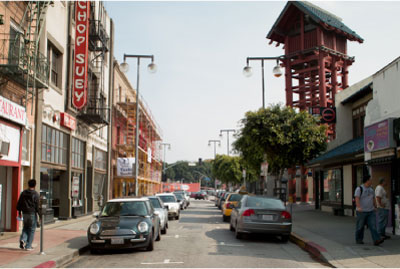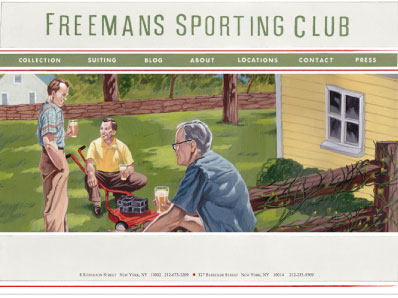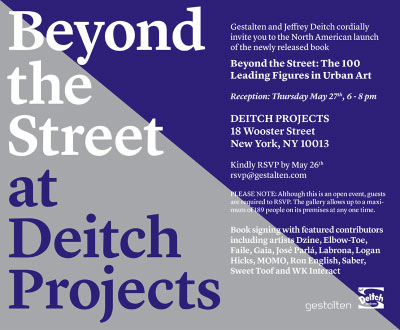
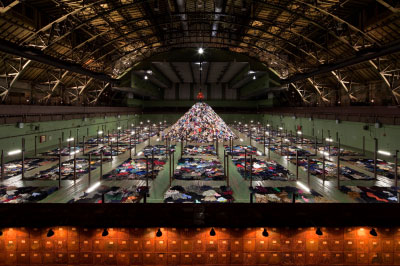
Photography by James Ewing courtesy of Park Avenue Armory.
(Click images to enlarge)


Christian Boltanski, the French artist who works in various media, has always resisted all but the most abstract interpretations of his work. His new exhibit, titled
No Man’s Land, on view at
the Park Avenue Armory deals with “human identity, memory, and loss”, according to the press release. Still, I couldn’t avoid the overwhelming feeling that this impressive and grandiose installation, with its 60,000 pieces of discarded clothing, is about the Holocaust.
The exhibition was held earlier this year in Paris, in the Grand Palais. But the glass ceiling and the Art Noveau cuteness of the space negated the poignant effect of the exhibit. The Armory’s vast Wade Thomson Drill Hall, with its industrially grim ceiling, is cold and uninviting, which suits
No Man’s Land well. Boltanski is much more famous in Europe than in the US, and while I had to wait in the ticket line in Paris, at the Armory I had the entire exhibition just about all to myself, which added to the experience.
Upon entering the hall the viewer is greeted by a tall, wide wall of rusted tin boxes, each randomly numbered and illuminated from above. This unwelcoming structure invokes the systematic nature of the Holocaust, where Jews were exterminated with machine-like efficiency.
Rounding the wall, the visitor is surprised by the spaciousness of the gigantic hall, successfully juxtaposed against the claustrophobia of the tin box wall. Thirty tons of discarded clothing lay on the wooden floor in a grid.






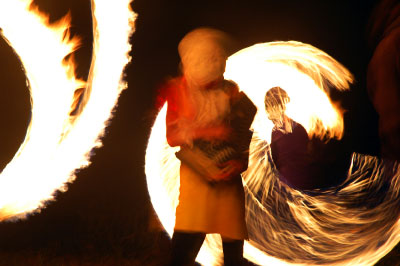
 Facebook
Facebook Permalink
Permalink Digg
Digg Reddit
Reddit LinkedIn
LinkedIn StumbleUpon
StumbleUpon Tumblr
Tumblr

